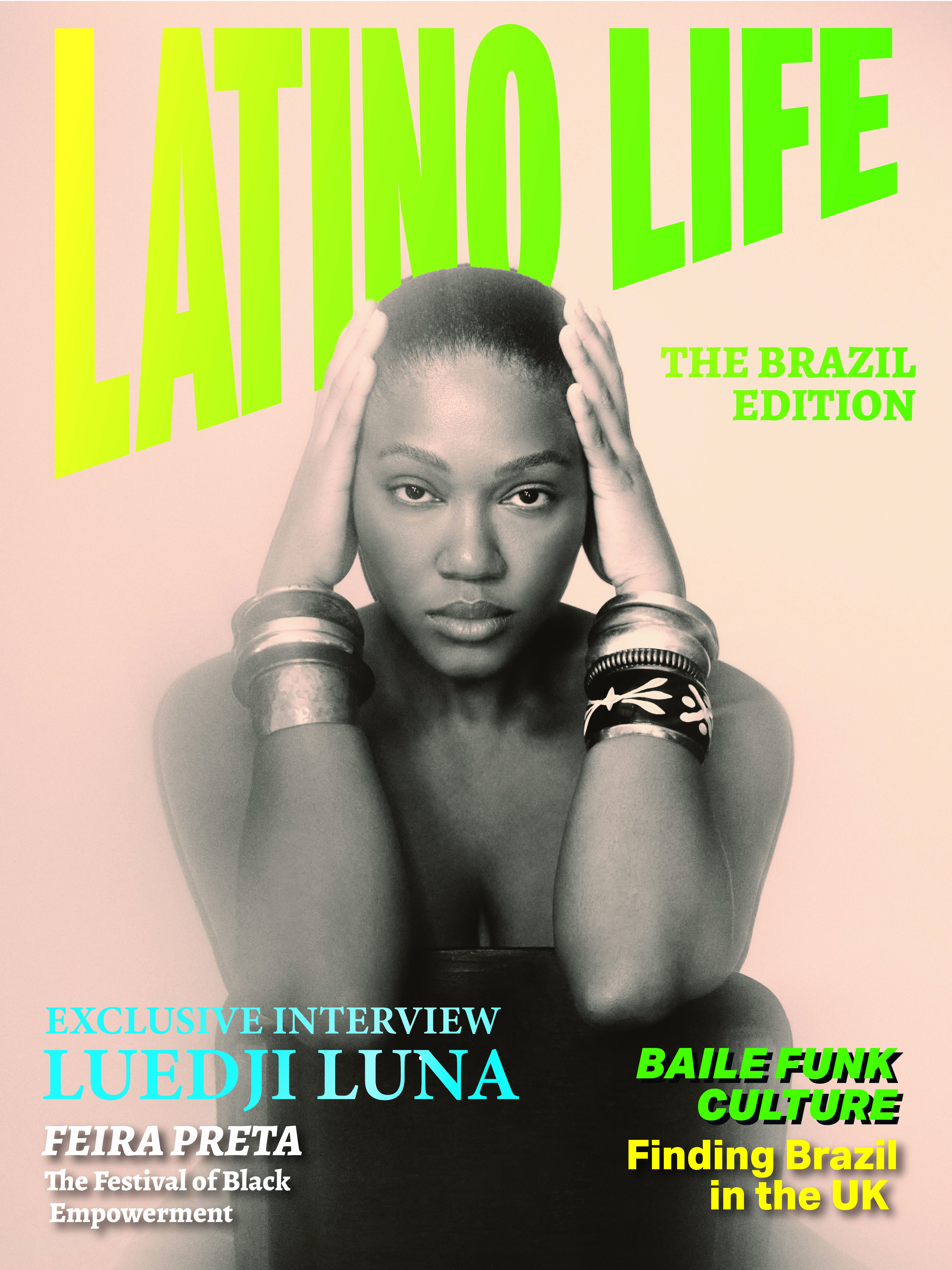A familiar story was beginning to unfold after just thirteen minutes of Argentina’s Rugby Championship tie against Australia. The hosts, who had failed to win a single one of their previous seventeen Rugby Championships games, trailed 14-0, and looked more than likely to make it eighteen games without a win in the competition. Yet, after a try not long before half-time, the momentum began to swing in the home team’s favour. By the 53rd minute Argentina led 18-17, before a final penalty secured a 21-17 win for the underdogs. The victory brought an end to their winless streak, and joy to the fans inside the packed out Estadio Malvinas Argentinas.
The win was not just momentous for Argentine rugby fans, but for rugby fans across the globe. Los Pumas’ support comes from all across Latin America and Spain, as Argentina are the only Spanish speaking nation within the IRB top twenty world rankings. They have appeared in every Rugby World Cup since 1987, and regularly upset the odds when playing some of the top nations in test fixtures – especially when playing in front of their home fans.
Like with football, the game of rugby was brought over to Latin America by British immigrants. In fact, the River Plate Rugby Football Union team from which the Argentine national team derives originally consisted solely of decedents from British immigrants. By 1927, they were able to field a team made up entirely of Argentines to play against the British and Irish Lions, as the sport began to grow at a rapid pace within Argentina and its neighbouring countries.
After dominating South American rugby tournaments throughout the 1950s, Argentina crossed the Atlantic for their first fixtures outside of South America. Between May and July of 1965, they toured South Africa, winning eleven games and losing only four over the two months. The players returned to a huge crowd in Buenos Aires who applauded their triumph. The team also returned with the nickname ‘Los Pumas’ courtesy of a local journalist.
As of 1965, Los Pumas have consistently challenged the world’s top teams. Notable results include a narrow loss in 1976 to Wales (who were at the time the best team in the Northern Hemisphere), and an outstanding 21-21 draw with New Zealand (with fly-half Hugo Porta scoring all 21 points) in 1985. Argentina went into the 1999 Rugby World Cup with high hopes, but were outplayed by France in the quarter finals. They did however go home with some pride in the fact that Gonzalo Quesada was the tournament’s top scorer with 102 points.
[[{"type":"media","view_mode":"media_large","fid":"3616","attributes":{"alt":"","class":"media-image","height":"367","typeof":"foaf:Image","width":"540"}}]]
After the 1999 World Cup a number of Argentine players (including Quesada) were offered the opportunity to play club rugby in Europe. By the 2007 World Cup, the quality of the Argentina national team had improved greatly, and during the tournament they did not disappoint. They began with a win over host-nation France, and eventually finished top of their group (also containing Georgia and Namibia). Los Pumas made it all the way to the semi-finals, where they were ultimately unsuccessful against South Africa who went on to win the trophy. In a third-place playoff Argentina were able to repeat their success over France, making them the first team from outside the ‘Six Nations’ or ‘Tri Nations’ competitions to reach the semi-finals of the Rugby World Cup. This achievement prompted heavy debate about the option of including Los Pumas in either of the two elite tournaments.
After another impressive display at the 2011 World Cup, Argentina were included into the Rugby Championship (formerly known as the Tri Nations) to play against New Zealand, Australia and South Africa. Many expected Los Pumas to grow from strength to strength, but their performances in the championship did not meet expectations. It wasn’t until the final game of the 2014 tournament that Argentina claimed their first win in the competition, and will hope to build on that in next year’s tournament. After the game head-coach Daniel Hourcade declared “this is the beginning of something, but there are still lots of things we need to improve. We are on the right track and confident to keep growing.”
Club rugby in Argentina is still largely amateur, as many of the top Argentine players cross the Atlantic to play their club rugby in Europe. The sport itself is however still extremely popular across the nation. In fact, during the 2007 Rugby World Cup, the ‘Superclásico’ (arguably the biggest Latin American football fixture - played between fierce rivals Boca Juniors and River Plate) was moved so that fans could watch Argentina’s quarter-final tie against Scotland. Rugby is broadcasted national sports channels, and is growing in popularity not only within neighbouring nations Chile and Uruguay, but across Latin America and Spain. Los Pumas have come to represent an entire continent in a sport that has been dominated by European and Commonwealth nations - as rugby gradually becomes a keen interest for Latinos across the globe thanks to the success of the Argentine rugby team.


















